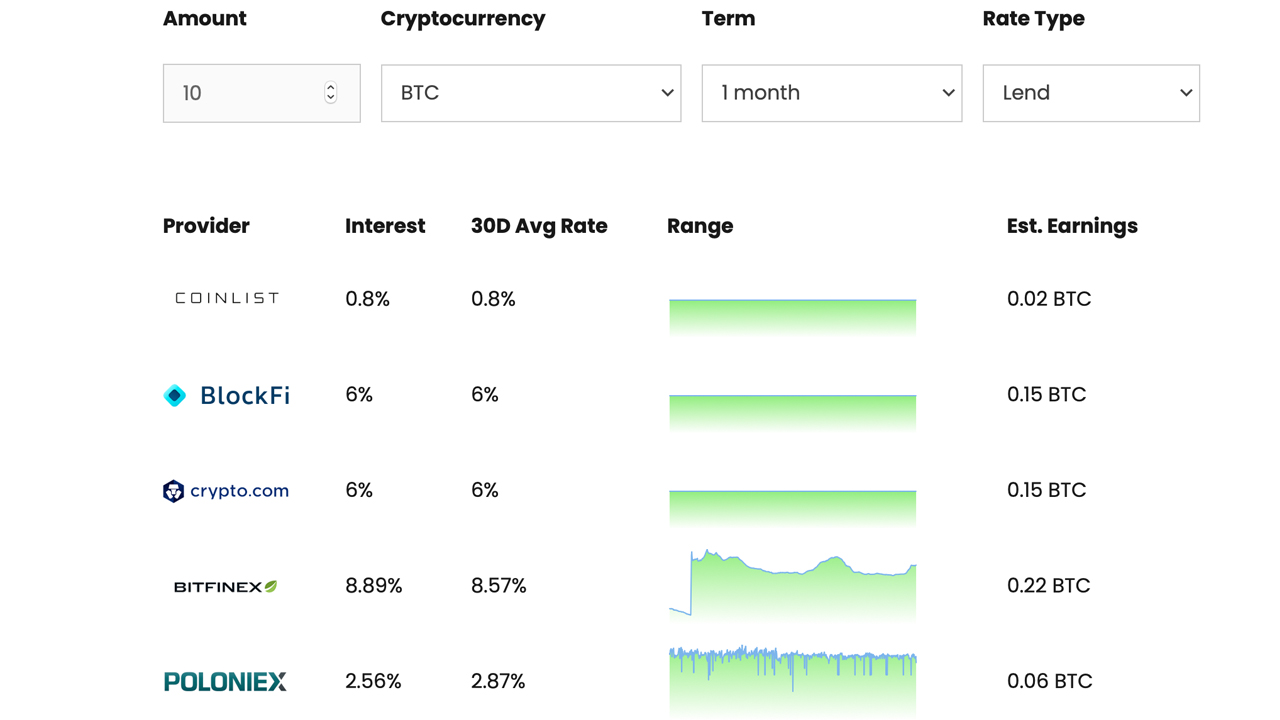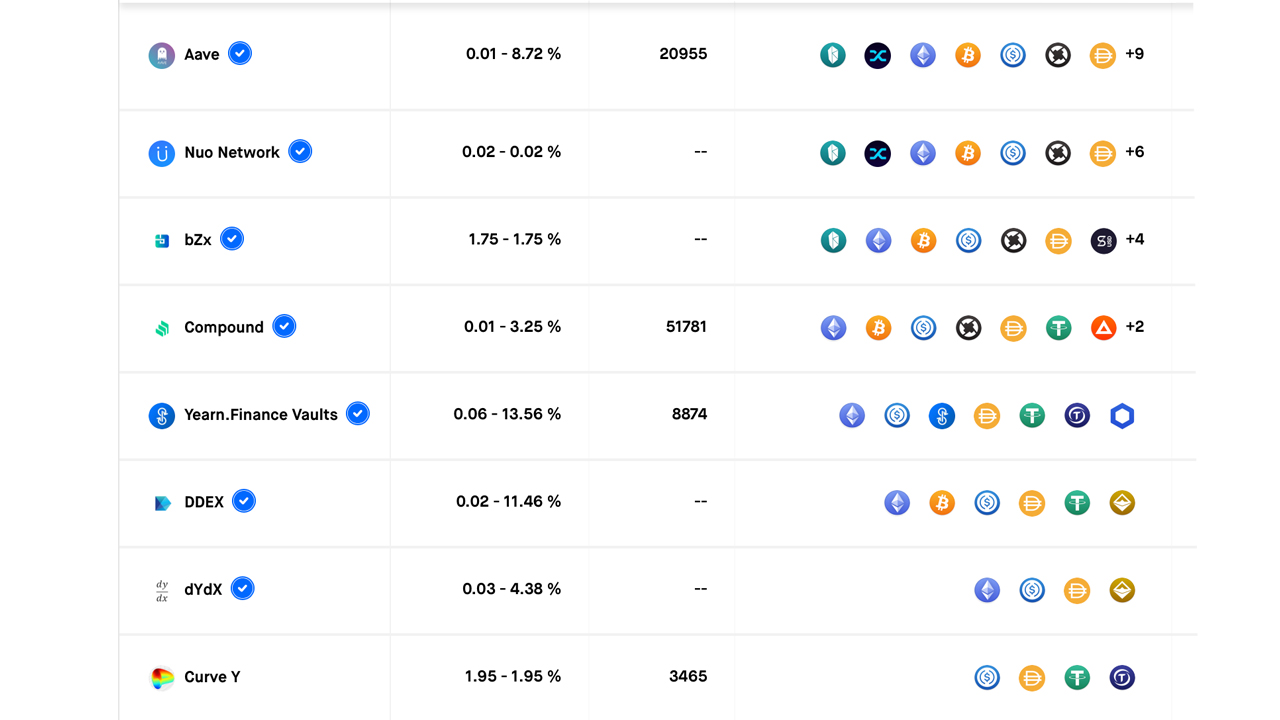

As decentralized finance (defi) has become more popular, digital currency proponents are making money off of more than 140 yield-bearing cryptocurrencies. While most of the defi ecosystem revolves around the Ethereum network, a number of people leverage these defi applications in order to earn more bitcoin. The following list is a few defi platforms that allow individuals to stack satoshis by utilizing liquidity pools and lending apps.
A great number of people hold bitcoin (BTC) for a long period of time whether in a noncustodial wallet or with a custodian like an exchange. However, these days a lot of individuals are earning interest on their cryptocurrencies via defi apps rather than letting the assets sit dormant in a wallet or exchange.
As mentioned above decentralized finance (defi) has been very prominent within the Ethereum ecosystem, but there are ways people can stack satoshis by yield-producing applications.

However, in order to specifically use a defi application to gain more BTC, the user will have to utilize a tokenized version of the asset. Or they can trade and use another token that uses the ERC20 token standard. Tokenized bitcoin projects include WBTC, renBTC, hBTC, sBTC, imBTC, tBTC, and pBTC.
BTC investors can earn a yield without using tokenized BTC assets, but the platforms that offer direct interest for BTC are centralized exchanges (cex) and are custodial. For instance, data shows that BTC holders can deposit coins on Coinlist, Cred, Blockfi, Bitfinex, Crypto.com, and Poloniex and earn a 30-day average yield rate of 0.8% to 8.5% depending on the platform chosen.
In mid-August, news.Bitcoin.com published a comprehensive, deep dive into crypto earning, staking, and interest-bearing accounts.

Now if the person wants to leverage a defi application, one that allows for lending and earning yields by providing liquidity, they can transfer the funds they want to use into ethereum (ETH) or an ERC20. If the individual wants to gather yield off of 10 BTC ($105k) they can swap the coins for a touch over 30 ETH (using today’s exchange rates) and again swap for something like WBTC, renBTC, or hBTC.
Now most of the tokenized bitcoin assets today can be used on nearly any defi liquidity or lending provider built on Ethereum.
With most of the tokenized bitcoin assets, users can leverage defi applications like Uniswap, Aave, Compound, Balancer, and more. Both lending providers and liquidity pools will offer different interest rates depending on the deposited amount.

Unlike using a cex platform, to earn interest, the defi applications can be done in a noncustodial fashion via a wallet like Metamask. However, cex platforms are the only services that will pay earnings directly in BTC.
If you happen to transfer funds into Ethereum and your ultimate goal is to end up selling the earnings for BTC, then leveraging these schemes with an ERC20 based stablecoin will produce a better APY.
For instance, defirate.com shows the best lending rates stem from DAI and USDC and they are the most profitable yield-bearing cryptocurrencies on defi platforms. The web portal stakingrewards.com offers insight into over 666 yield-producing providers as well. Data stemming from stakingrewards.com also shows stablecoin assets provide a better yield.
Even cex applications like Crypto.com will offer a much higher APY for stablecoin balances, as opposed to cryptos like BTC, BCH, or ETH.
Ultimately there are ways bitcoiners can earn satoshis by leveraging defi, but they have to either transfer funds into alternative blockchain assets, tokenize their BTC, or leverage a centralized custodian in order to yield directly from BTC deposits.
What do you think about the list of defi applications that let users produce yields? Let us know what you think about this subject in the comments section below.
Image Credits: Shutterstock, Pixabay, Wiki Commons, defirate.com, stakingrewards.com,
Disclaimer: This article is for informational purposes only. It is not a direct offer or solicitation of an offer to buy or sell, or a recommendation or endorsement of any products, services, or companies. Bitcoin.com does not provide investment, tax, legal, or accounting advice. Neither the company nor the author is responsible, directly or indirectly, for any damage or loss caused or alleged to be caused by or in connection with the use of or reliance on any content, goods or services mentioned in this article.
Read disclaimer